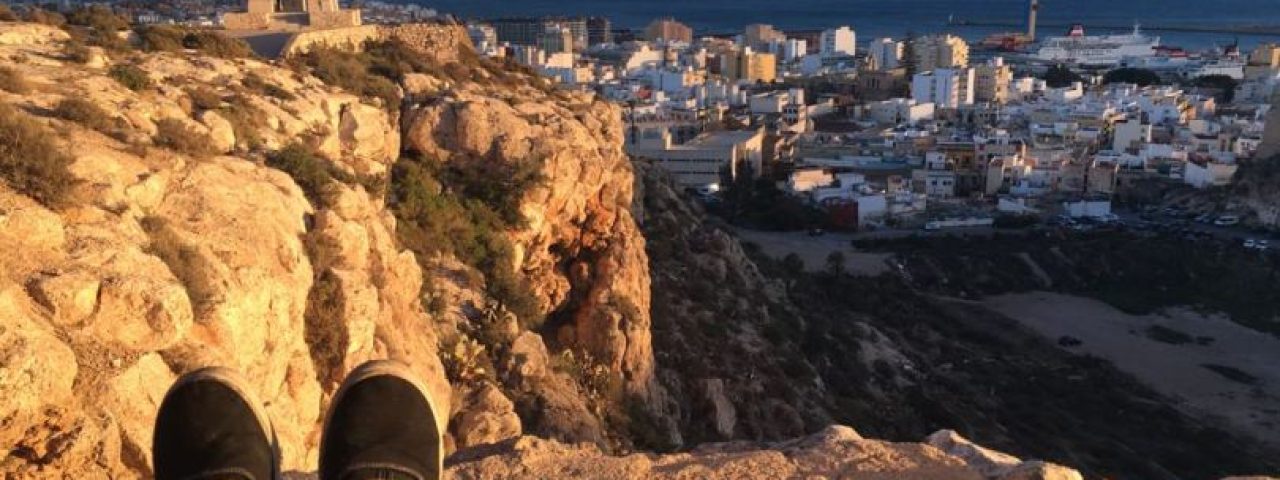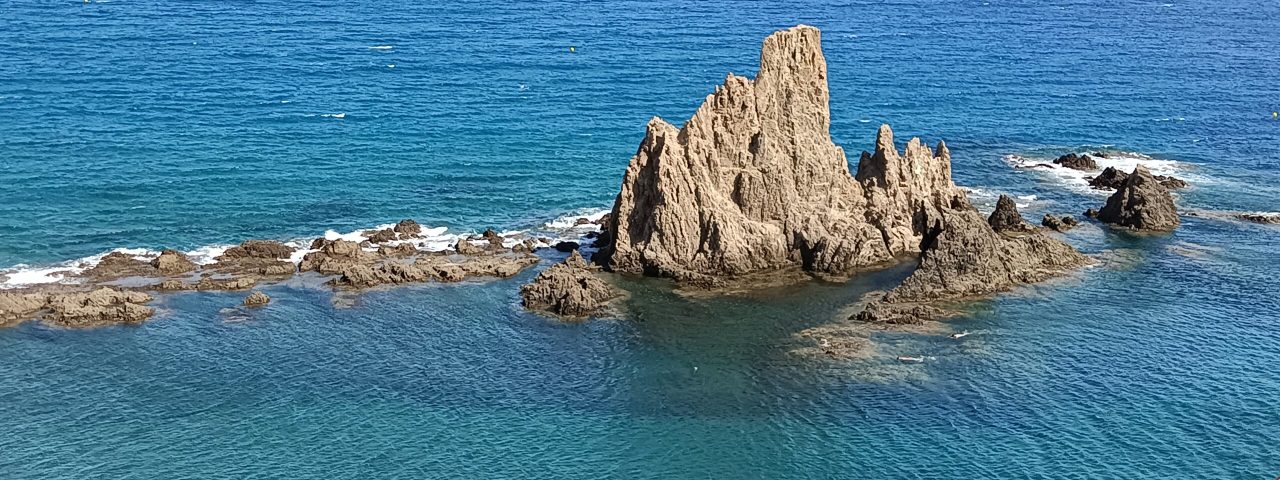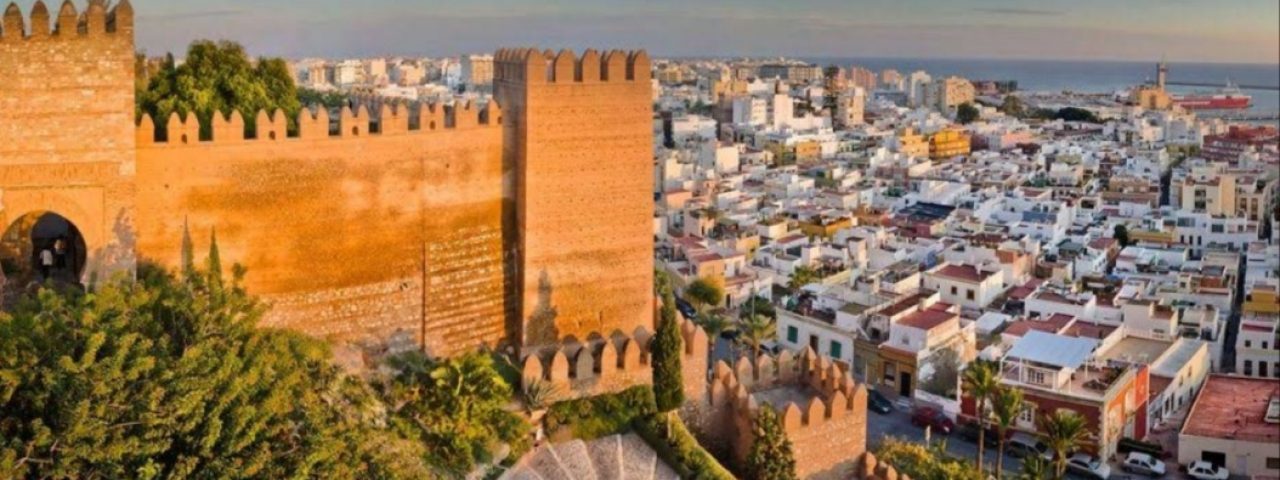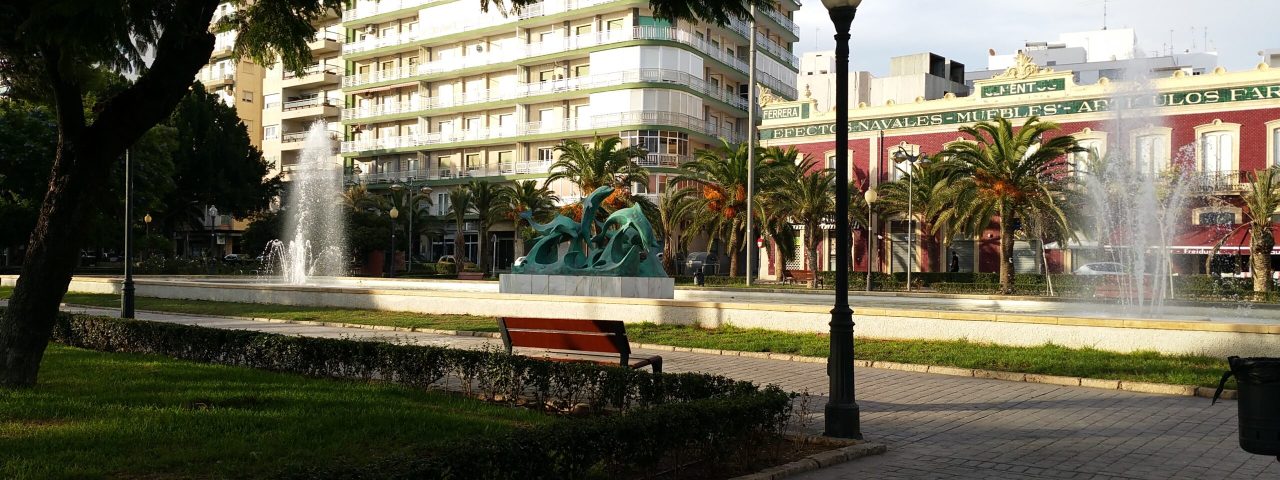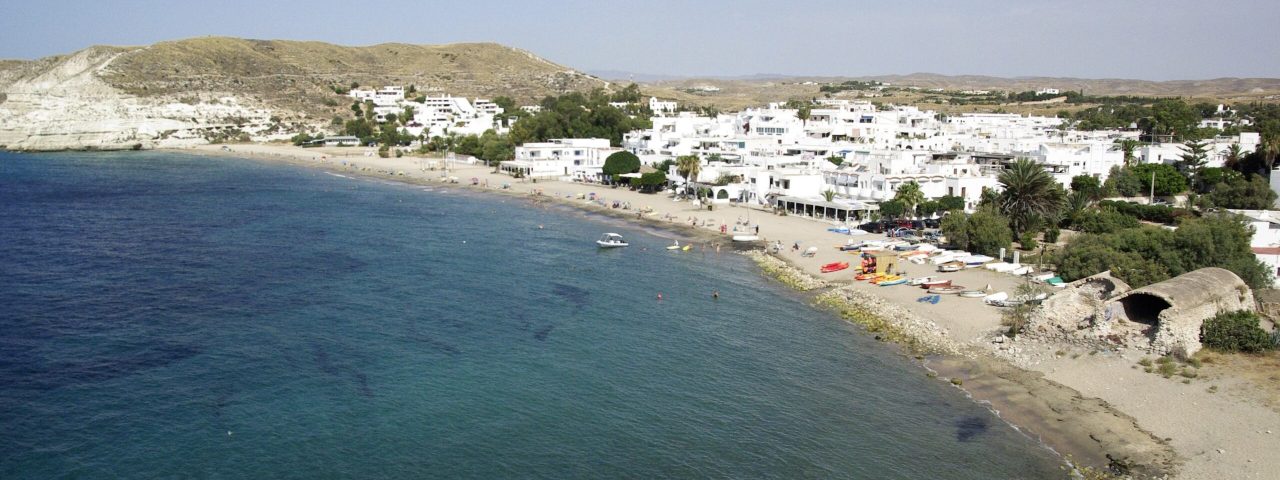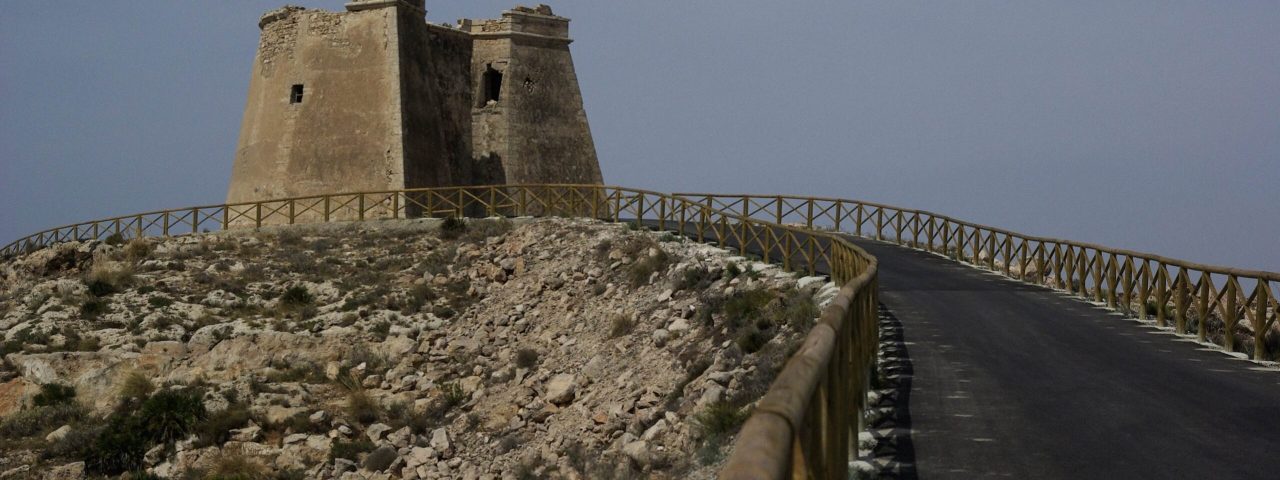Almería’s rich history is a testament to the diverse cultural influences that have shaped the city over the centuries. Originally founded by the Phoenicians, the city grew in prominence during the Roman Empire but truly flourished under Moorish rule, beginning in the 10th century. The Alcazaba of Almería, a magnificent fortress overlooking the city, stands as a symbol of the city’s Moorish legacy and remains one of the largest Muslim fortresses in Spain. Almería was a crucial port city during the Islamic period, and its strategic location made it a center for trade and culture in the region.
The Reconquista in the late 15th century saw Almería come under Christian rule, leading to significant changes in its architecture and culture. The city’s cathedral, built in the 16th century, is a fascinating example of Gothic and Renaissance architecture, reflecting both Christian and Moorish influences. Throughout its history, Almería has maintained its multicultural roots, with traditions and customs passed down through generations.
Culturally, Almería is deeply rooted in Andalusian traditions, with flamenco music and dance playing a prominent role in local life. The city is also known for its lively festivals, including the annual Feria de Almería in August, which features parades, music, and traditional Andalusian dress. Semana Santa (Holy Week) is another significant event, with processions and religious ceremonies drawing visitors from across Spain. Additionally, Almería has gained recognition in the film industry, with its arid landscapes being used as backdrops for numerous iconic films, particularly Westerns, shot in the nearby Tabernas Desert.




